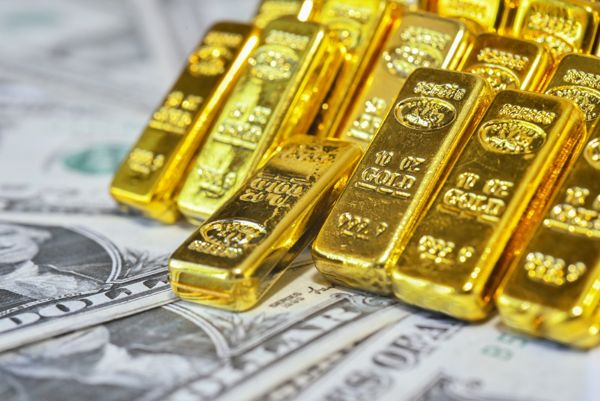Gold has quietly overtaken the euro to become the second-largest component of global foreign exchange reserves.
While the US dollar and US Treasuries still dominate, their share has been steadily shrinking as gold’s role expands. Central banks now hold gold at roughly 20% of their reserves, compared to the euro’s 16%—levels not seen since the days of the gold standard.

This shift is no short-term blip. It’s a megatrend with enormous implications that investors cannot afford to ignore.
A recent World Gold Council survey of 57 central banks found that the main reason they hold gold is its role as a long-term store of value and a proven hedge against currency debasement.
For decades, US Treasuries were considered the ultimate safe-haven asset. The massive Treasury market is the largest and most liquid in the world, and has long served as the go-to reserve choice for central banks. But cracks are showing. Central banks have been steadily cutting dollar exposure, and the rise of gold signals that confidence in US paper assets is eroding.
The symbolism is powerful. John Maynard Keynes once dismissed gold as a “barbarous relic,” a leftover from an older age. After the end of the gold standard in the 1970s, central banks seemed to agree, selling off their bullion for decades. But that trend has completely reversed. Gold has staged a remarkable comeback—not as a speculative asset, but as a monetary anchor.
Its renewed prominence suggests that central banks increasingly view bullion as a replacement for Treasuries as the premier store of value in the global financial system.
The implications are huge. Gold is now about 20% of global reserves, just above the euro. If the trajectory continues, it could reach 50% and higher, transforming gold into the top global reserve asset.
For investors, the message is clear: the world’s most conservative institutions are telling us gold is not a relic of the past. It is reemerging as the foundation of the future.
This changing landscape isn’t just about gold climbing the ranks—it’s about what’s being left behind.
As gold regains credibility as a reserve anchor, the assets losing ground are just as telling. Chief among them are US Treasuries, once considered the safest and most liquid store of value in the world. That reputation is eroding fast. I expect this trend to accelerate as the myth of Fed independence collapses and its politicization becomes undeniable.
For decades, many people—and almost every financial institution—have mindlessly accepted the absurd notion that US Treasuries are “risk-free.”
That myth turned Treasuries into the world’s top reserve asset, preferred store of value, and the ultimate savings account for investors everywhere.
But as the US government sinks deeper into a hopeless situation, Treasuries are set to become a graveyard for capital. I think they will no longer serve as the dependable savings vehicle they were once thought to be. Instead, they will be a guaranteed way to lose value—and investors will flee them in droves.
I believe the massive Treasury market will be drained, with value flowing either voluntarily into superior stores of value like gold or involuntarily into the hands of a bankrupt US government and its cronies as they accelerate the largest wealth transfer in history.
That’s the Big Picture reality most people don’t yet grasp—but soon will.
The tide has turned—and history is repeating itself in ways few investors recognize. Gold’s resurgence isn’t just a market story; it’s a signal that the foundation of the global financial system is shifting beneath our feet. The same institutions that once dismissed gold are now racing to secure it, quietly preparing for what comes next.
If you want to understand where this megatrend is headed—and how to position yourself before the crowd—you’ll find everything you need in my new special report, Survive and Thrive During the Most Dangerous Economic Crisis in 100 Years.
Download your free PDF copy now to discover the top three strategies to protect and grow your wealth in this new era of monetary upheaval.







